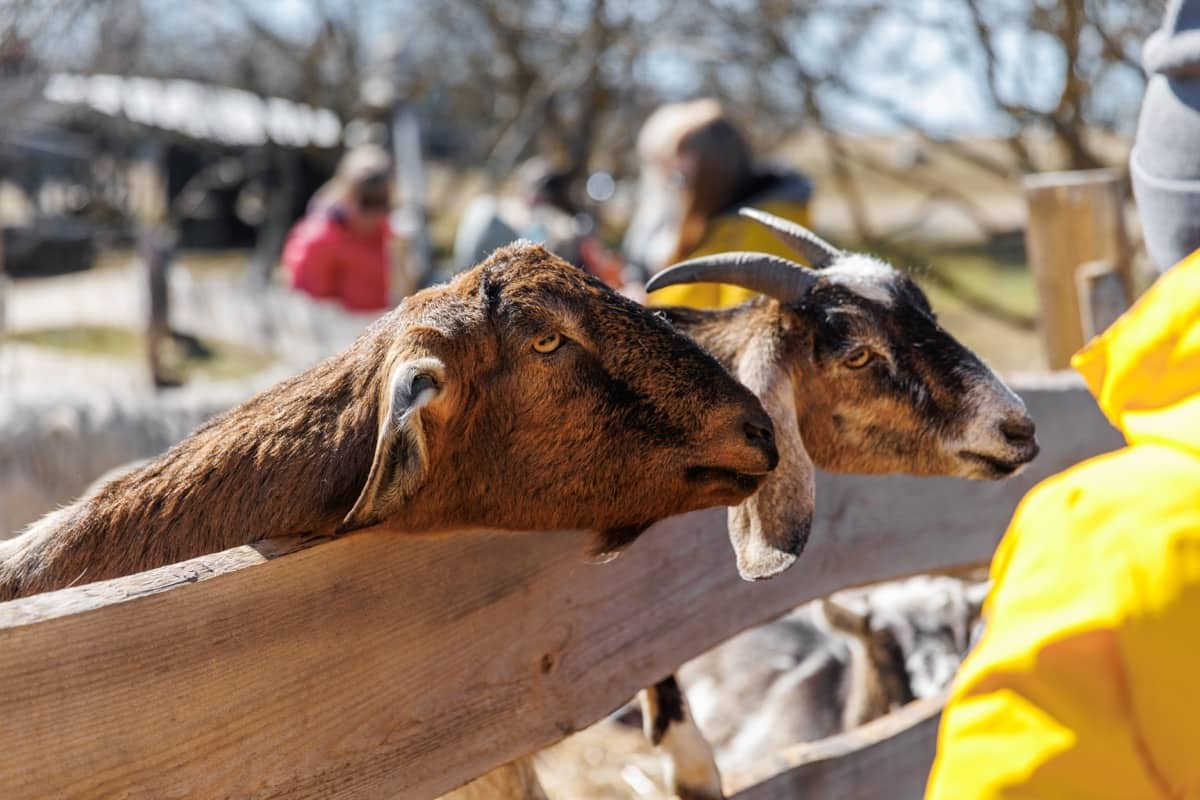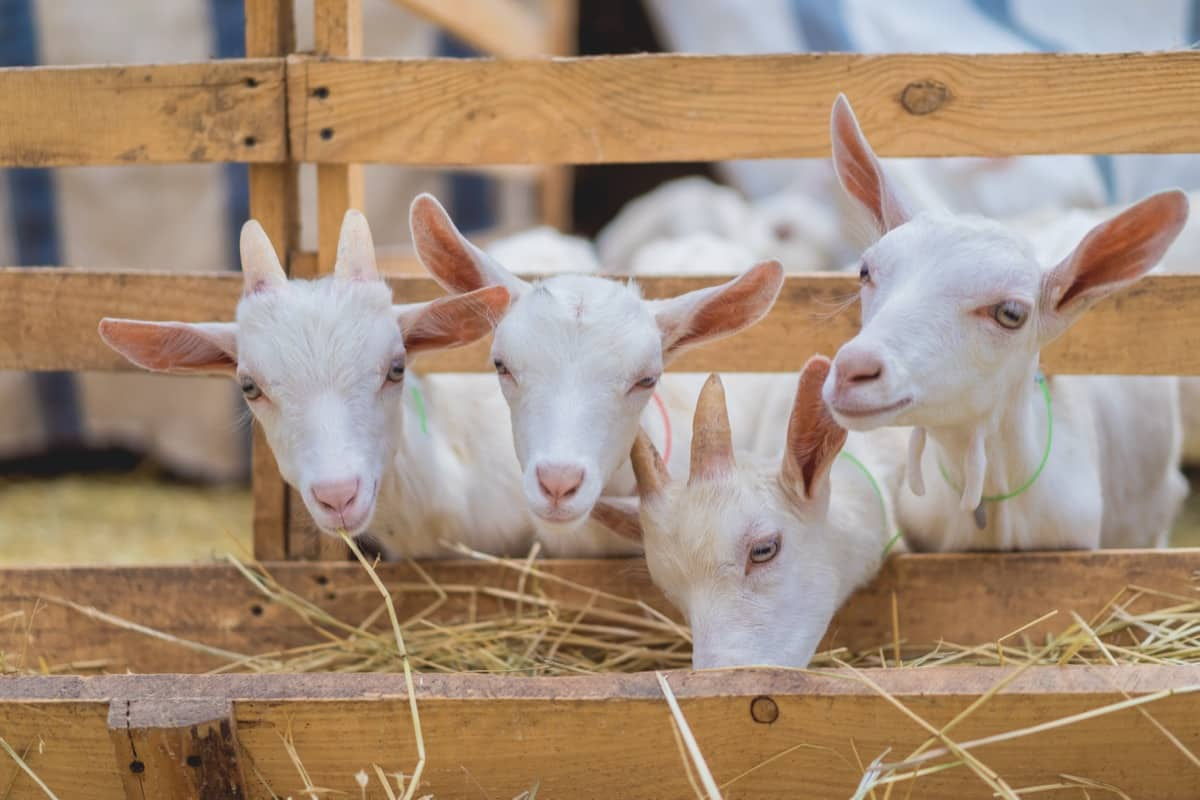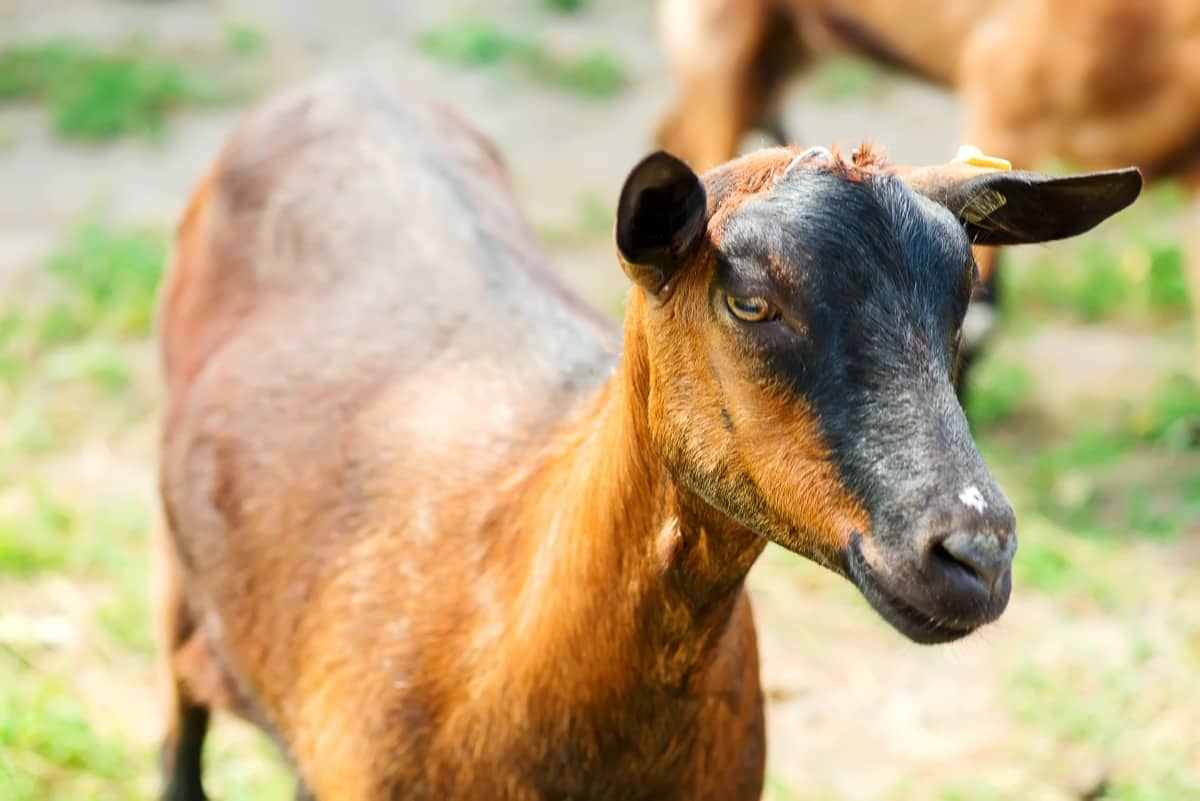Enterotoxemia, also known as overeating, is a highly fatal bacterial disease affecting various domestic animals, including goats. The disease is caused by the bacteria Clostridium perfringens, commonly found in soil, feces, and the intestines of humans and animals. Enterotoxemia is a significant concern for goat farmers, as it can lead to significant economic losses due to the high mortality rates of infected animals.

Enterotoxemia Management in Goats
Causes of Enterotoxemia Disease
Enterotoxemia is caused by Clostridium perfringens, which produce a toxin that can lead to various symptoms and conditions, including sudden death, hemorrhagic enteritis, and enterotoxemia.
Occurrence of Enterotoxemia Disease
Enterotoxemia disease caused by Clostridium perfringens can occur in animal species, including goats, sheep, cattle, and other livestock. The disease has a worldwide distribution and is commonly found in soil, feces, and the intestines of animals and humans. In goats, enterotoxemia is more common in grain-fed kids between the ages of 3-12 weeks old, although adult goats may also be affected. The disease is often associated with a high-concentrate diet and can be more severe in overcrowded or confined conditions.
Disease Cycle of Enterotoxemia in Goat
- Ingestion: The cycle begins when goats ingest the spores of C. perfringens type D from contaminated feed, soil, or water.
- Colonization: Once inside the intestine, the spores germinate into vegetative cells, which colonize the small intestine.
- Toxin Production: As the vegetative cells grow and multiply, they produce epsilon toxin, which damages the lining of the intestines, causing inflammation, hemorrhage, and edema.
- Many disease symptoms, such as sudden death, diarrhea, fever, lack of appetite, stomach discomfort, and neurological indications, can result from damage to the intestinal lining.
- Shedding: Infected goats can shed C. perfringens type D spores in their feces, contaminating the environment and infecting other animals.
- Predisposing factors: The disease is more common in goats on a high grain diet or succulent pasture, as these feeds promote the growth of C. perfringens type D in the gut. The disease is also more common in well-fed animals in intensive feedlots.
In case you missed it: Caseous Lymphadenitis Management in Goats: Disease Symptoms, Treatment, Diagnosis, and Prevention

Symptoms of Enterotoxemia Disease in Goat
- The peracute form of enterotoxemia in goats can cause sudden death in younger, healthy kids.
- Additional symptoms may include anorexia, rumination and rumen inactivity, bloating, melancholy, and a drunken look.
- Convulsions, lack of coordination, and other neurological symptoms might also manifest. Watery diarrhea and glucosuria may be present.
- Acute cases of enterotoxemia in goats are mainly characterized by dysentery, abdominal discomfort, and convulsions.
- Necropsy findings in acute cases may include pulmonary edema, necrosis of intestinal walls, and scattered hyperemic areas of the intestine.
- The large intestine’s lumen may include fibrinous casts, and the contents of the large intestine may be green, blood-stained, or mucoid.
- Edematous mesenteric lymph nodes may also be present.
- Other common findings may include fluid accumulation in the pericardial sac, extremely necrotic, soft kidneys (‘pulpy kidneys’), focal encephalomalacia, and petechiae of serosa of the brain, diaphragm, gastrointestinal tract, and heart.
Diagnosis of Enterotoxemia in Goat
- Epidemiological features: The type of diet and management practices of the herd may provide important clues to the diagnosis.
- Clinical features: Sudden death, loss of appetite, lack of rumen activity, rumination, bloat, depression, dysentery, abdominal discomfort, and convulsions may suggest enterotoxemia.
- Pathological features: Necropsy findings such as pulmonary edema, necrosis of intestinal walls, hyperemic areas of the intestine, green, blood-stained, or mucoid intestinal contents, and edematous mesenteric lymph nodes may be present.
- Microscopic examination: Gram-positive rods may be demonstrated in the smears of intestinal contents or the intestine lesions.
- Bacterial culture: The culture of bacteria from fecal samples in cooked meat media may suggest the presence of C. perfringens. The organism on blood agar plates shows double zones of hemolysis, suggesting C. perfringens.
- Detection of epsilon toxin: Demonstrating the epsilon toxin in the intestinal content is highly reliable. Protection of mice injected with infiltrates of toxin from intestinal contents against specific antisera is diagnostic.
- Genotyping by PCR: This can be used to type isolates of C. perfringens as an alternative to in vivo toxin neutralization tests.
Treatment and Control of Enterotoxemia Disease
- Treating enterotoxemia in goats is generally ineffective, and most cases are fatal. However, in some cases, a hyperimmune serum, if available, can be used along with sulfa drugs like sulphadimidine. Chelating agents can also be used to neutralize the toxins. In addition to treatment, prevention, and control measures are also important in managing enterotoxemia.
- Vaccination: Vaccination with a C. perfringens type D toxoid is an effective method of preventing enterotoxemia. Kids can be vaccinated with two doses, 4 to 6 weeks apart, starting at 2 to 3 months. Adult goats should also be vaccinated annually.
Preventive Measures of Enterotoxemia Disease in Goats
- Vaccination with an alum-precipitated formalin-killed whole-culture toxoid vaccine before the anticipated outbreaks is the primary control method.
- Kids are usually vaccinated twice at a 4-week interval and then revaccinated once in 6 months.
- Maternal antibodies in young animals last about 5-6 weeks postpartum, so it is important to vaccinate them during this time.
- Monitoring feeding regimens and avoiding sudden dietary changes can help prevent enterotoxemia.
- Feeding of concentrates should be monitored carefully, even in adult goats.
- Overcrowding and prolonged confinement should be avoided as they can increase the spread and severity of the condition.
- Proper sanitation and hygiene measures should be maintained in the animal housing and feeding areas.
- Early detection of the disease through regular health monitoring and veterinary check-ups can help prevent the spread of the disease.
In case you missed it: Tetanus Management in Goats: Disease Symptoms, Treatment, Diagnosis, and Prevention

Conclusion
Enterotoxemia is a highly fatal disease that poses a significant threat to the goat industry. Effective prevention and control measures, such as proper feeding management and timely vaccination, are essential in minimizing the spread and impact of this disease. Early diagnosis and treatment of infected animals are crucial in reducing the mortality rates associated with enterotoxemia.
- Types of Fungicides Used in Agriculture
- Common Issues in the Fruit Development Stage of Pomegranate Farming
- Fruit Development Issues in Papaya: Easy Solutions and Treatment
- Soil-Borne Diseases and How to Protect Your Plants
- Practices to Prevent Disease Spread in the Garden
- From Wilted to Thriving: How to Treat Root Rot Naturally in Houseplants
- Natural Remedies to Cure Brown Spots on Fig Tree Leaves
- Natural Solutions for Poinsettia Problems: 100% Effective Remedies
- How to Control Calla Lily Problems: Natural Remedies for Leaf and Flower Problems